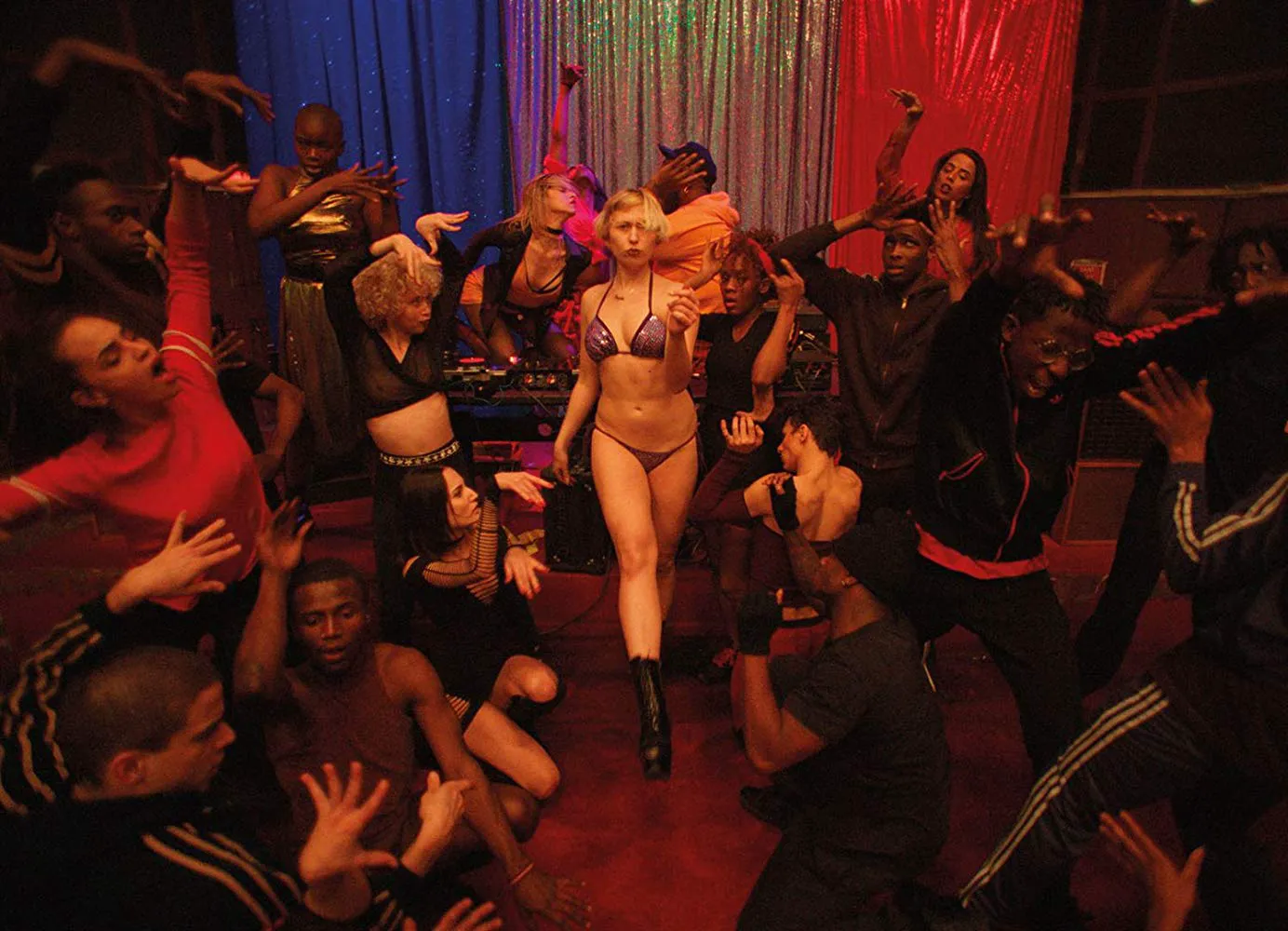Climax: A Visceral Descent into Madness
An electrifying, visually stunning, and profoundly disturbing film from the leading French provocateur of our time.
A group of dancers gathers in a remote, snow-swept lodge to rehearse and celebrate before embarking on a tour. Unbeknownst to them, someone has spiked the sangria with LSD, plunging the entire company into a nightmarish trip from which none will emerge unscathed.

The DJ drops the needle. The dancers do what they do best: they dance. Their bodies, with almost unnatural flexibility, writhe to the hypnotic electronic beat. This dance is their life, their perfect order. Even the camera seems to join the frenzy, weaving through the dancers, soaring above them, observing them from the perspective of a godlike director. Only he knows that order is about to crumble, that the dancers are about to perform a very different kind of dance, and that their incredible energy is about to turn destructive.

Someone – perhaps the director himself – has laced the sangria with a forbidden substance, and his subjects are about to unleash their deepest fears, succumbing to all-consuming paranoia. Gaspar Noé will be there to witness it all, to dissect the contortions of tormented souls, and to expose the festering wounds that were previously hidden. He is the lab technician, the god, and the chief instigator. With each twist of the plot, he throws new, increasingly terrifying challenges at his characters, while he sits somewhere above, winking mischievously at the audience, flashing title cards mid-film to mark the moment when the dancers’ lives descend into hell, projecting his thoughts on life and death in massive letters across the screen.

A Descent into Hell
Yet, neither this artistic affectation nor the camera’s frenzied flights – Noé’s camera has always defied the laws of physics – detracts from the film’s terrifying authenticity. Watching “Climax,” it’s easy to believe that Gaspar actually drugged a group of dancers with acid and simply filmed the ensuing chaos. Their paranoia, aggression, wails, sobs, and piercing screams feel utterly real. They will haunt your dreams long after the credits roll.
The Horrors Within
At times, Noé flirts with exploitation, but so what? This exploitation is skillful and genuinely effective. Combined with a dark sense of humor, it transforms the unpleasant into the truly terrifying. And “Climax” is, without a doubt, a profoundly frightening, physically disturbing film: more terrifying than any horror movie, social awareness campaign, or “Requiem for a Dream.” This is because Gaspar, more than anyone else, understands a simple truth: drugs don’t give people anything new; they only reveal what’s already inside. Drugs don’t make people beat their friends, throw them out into the cold, or lock their children in a room with an electrical panel. People do.